#FreedomtoRead 2019: A story of 0 to 200 in Santali and Kora books for children
Posted by Amrita Bose on February 12, 2019Written by Kirsty Milward, Founder, Suchana Foundation
Settle down for this long read that comes to our blog from Birbhum, West Bengal.
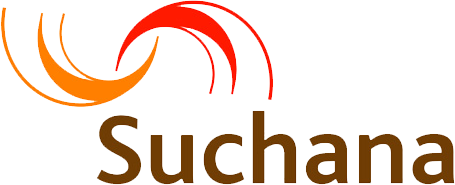
Suchana set out in 2005 to try to solve the problem of low learning levels among many adivasi primary school–going children in Birbhum, West Bengal. For part of the solution, we quickly settled on the fact that when Santal and Kora children start school they do not understand much of what they are expected to learn to read, because all teaching, and all learning materials are in Bengali.
But trying to introduce first language / mother tongue methods – or even multilingual methods – in our teaching programme was made hugely challenging by the fact that there were no written materials for children in the languages the children spoke. For Kora, there were no written materials full stop.
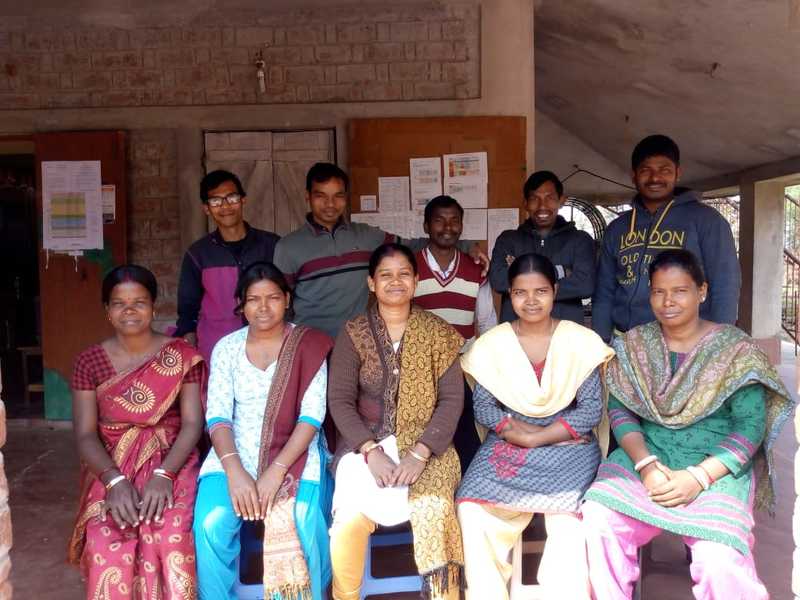
The 10 Santali and Kora translators
So we began to make materials. For Santali, this meant getting some guidance from organisations who had already been using Bengali script to write Santali, and then inspiring Santali teachers working in Suchana to tap into their creativity and write. For Kora, this meant generating a discussion among community leaders on how words should be written using the Bengali script; it meant young Kora teachers doing research among elders to re-learn disappearing Kora vocabularies; and it meant getting groups of young people together to write songs, rhymes, stories and a simple tri-lingual word book.
But this creative process took time, and coupled with lengthy printing processes with hideous proofing challenges and equally challenging costs, this meant we could collectively only produce three or four small books a year. By 2014, we had produced 15 books. And meanwhile, the children in the education programmes were growing up. Their young years, in which access to first language materials could be such a critical intervention, were running out.
Then in 2015, in a moment of serendipity, Suchana discovered Storyweaver. With a creative commons platform, a torrent of lovely stories graded into reading levels, and beautiful layouts to use, creating a varied, usable, children’s literature in Santali and Kora, suddenly changed from a daunting task to one within our grasp.
The same young team of fifteen Santali and Kora teachers who had been involved in making books from scratch set to work. Most had acquired some technology skills through Suchana’s other programmes in the intervening years. They shared these skills with those who had not; and themselves learned to use the Suchana platform through a mixture of online tutorials, personalized help from the Storyweaver team, and a fair bit of trial and error.
In their first translation marathon, they translated around 50 stories. Teachers chose freely which stories to translate from a pool of Bengali stories available on the platform, which they could translate from easily. With few options for getting their work formally reviewed and checked, they inserted quality control by creating a peer-review system in which they carefully checked each other’s work before stories were published online.
We had gone from 15 to 65 in about 3 months.
Concerned about how we would ensure that digital stories would reach the hands of children who had very little access to technology, Suchana arranged to print 20 of these stories. Both print and digital stories were then woven into Suchana’s mobile library programme which reaches about 1500 children. Librarians took laptops to remote mobile library villages and showed Santali and Kora digital stories to library members in read-aloud sessions. Children were then free to take home printed stories available in the library stock, where they could read them again, and read with their families.
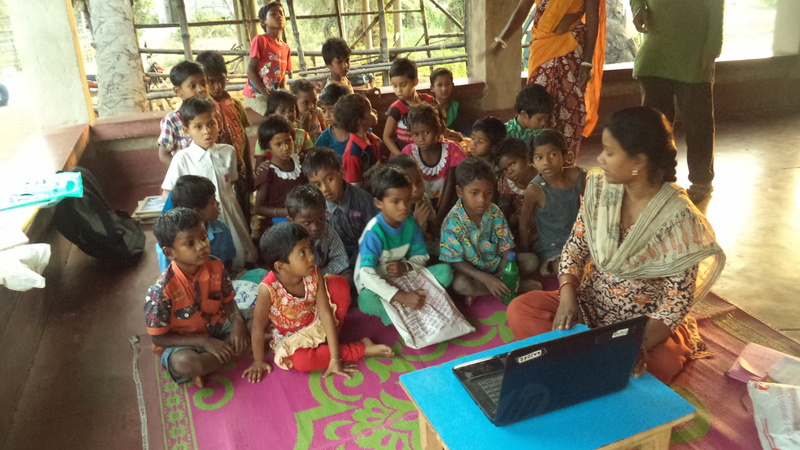
Children looking at stories on the computer
For many children with emerging literacy, being offered a chance to read stories in their own languages was like a light switching on. Suddenly, text which usually seemed dense and difficult made sense and fitted together. Now, when they were not sure how a particular letter in a word worked, they could make deductions based on their understanding of the likely word being represented to figure out what the letter was doing. Suddenly, it was possible to have meaning fall into the place of decoded text, and the story rise out.
But even 50 stories – about 25 in each language – can get read quite quickly among a multi-age group with library sessions every week. So in 2018, Suchana joined Storyweaver’s Freedom to Read Campaign and the push to 100 stories in each language. Beyond reaching Santali and Kora stories to children through the mobile library membership, Suchana had just begun to work more consistently with local primary schools and ICDS anganwadis on using mother-tongue methods in early years’ classrooms. Most teachers and anganwadi staff teaching adivasi children do not have the luxury of knowing the languages of the children they are charged to teach, and many are acutely aware of the difficulties this presents. So Suchana’s second translation marathon focused partly on producing bilingual books in Santali-Bengali and Kora-Bengali – with a view to enabling willing teachers to help their Santali and Kora students access stories in their own languages too. Watch this space for more information in a few months on how this initiative goes.
This week we crossed 212 stories: just over 100 in Santali; just over 90 in Kora; and 15 stories Suchana had produced from scratch. This feels like a very different place we have arrived at. Several hundred children are now reading a real variety of books in their own languages – from very simple, to more complex ‘Level 4’ books as they progress in their literacy; and books which can help themselves and their teachers transition from their own languages into Bengali, the language of their schools. They read about animals, people, families, friends, trees, maths concepts, science ideas, joy, sadness, and everything in between, in their own languages. The amazing worlds that children’s literature can open up have finally become theirs.
Congratulations for this huge achievement to the Suchana translation team: Bhabini Baski, Churki Hansda, Komola Murmu, Sova Tudu, Lakshman Hembram, Subhadra Murmu, Narayan Hembram, Shanto Kora, Kumkum Kora, Debika Kora, Kalicharan Kora, Rajesh Kora, Pathik Kora, Nobin Kora, Anjana Kora and Krishna Kora.
We have not finished, but Storyweaver has started something, and we are on the way.
Be the first to comment.Children from Adivasi Background get their own Language of Literacy
Posted by Sherein Bansal on October 21, 2016Imagine if the language you speak to your friends, think your funniest thoughts in and dream your bravest dreams in, is hardly known in your own country, and might even reach an early death in two decades. To ward off this isolation acutely felt by Kora and Santali, tribal languages spoken in communities across West Bengal and Odisha, Suchana has been working towards their preservation with quiet determination fuelled by their love for literacy and a zeal for preserving adivasi languages.
Suchana, a 10 year old community group, works in Birbhum, W. Bengal towards the education of pre-school to class 10 children from Santal and Kora adivasi communities. Suchana knows that when education knocks at your door, it must come in a language that you understand. Entering a school room can be daunting for a child from an adivasi background as she or he is expected to know a state-language that they or their family have never learnt, or have been denied access to. Our education system is missing out on a huge cultural opportunity here by not being inclusive of more languages, and thus not reaching out to children who need education the most. This tragedy of education not benefitting children who are trying to break centuries-old shackles of being looked down upon as an adivasi is profound.
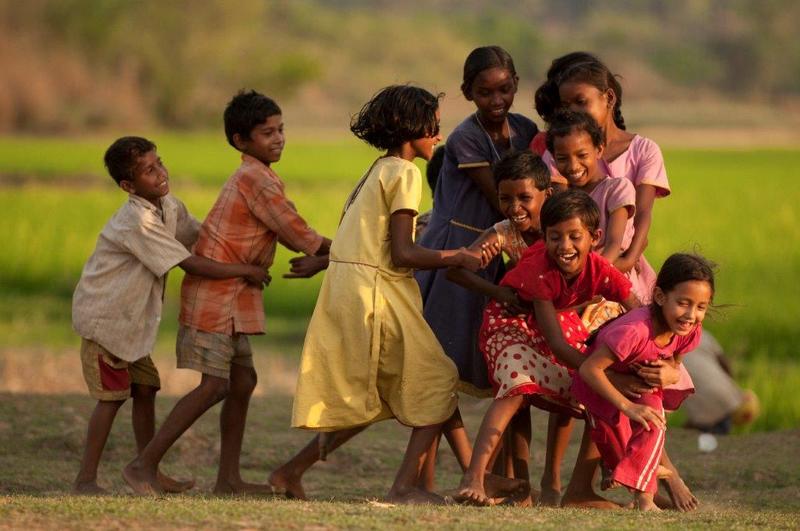
This is where Suchana steps in to ensure ‘Right to Education’. They have made it their mission to make sure that Kora and Santali are looked upon as legitimate, literacy-inducing languages, and that ‘adivasi school going kids’ can just be school going kids. They aim to sustain cultural identities and promote literacy among the tribal and underprivileged communities through their education programs. As far as they know, they are the first organization to have created children’s books, or in fact any books at all, in Kora.
One of their key educational initiatives, Mobile Library, was started in 2011 with children of 6 villages. Today, the library travels in two vehicles, covers 25 villages and has 1135 members. It consists of books that are written in multiple languages, especially in the tribal languages (Kora and Santali) that children can relate to and learn in. Children who have never held story books in their hands or understood their importance now have access to joyful reading material that’s related to their education and growth, along with creativity and imagination.
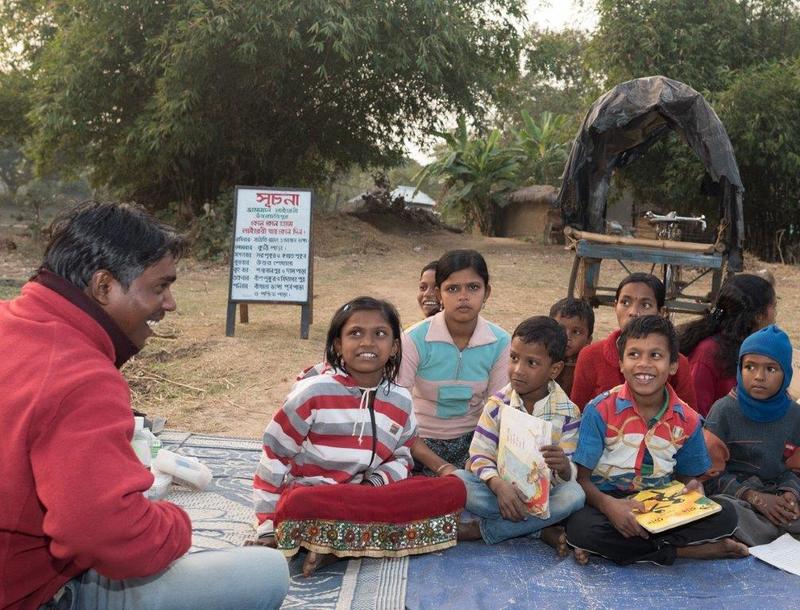
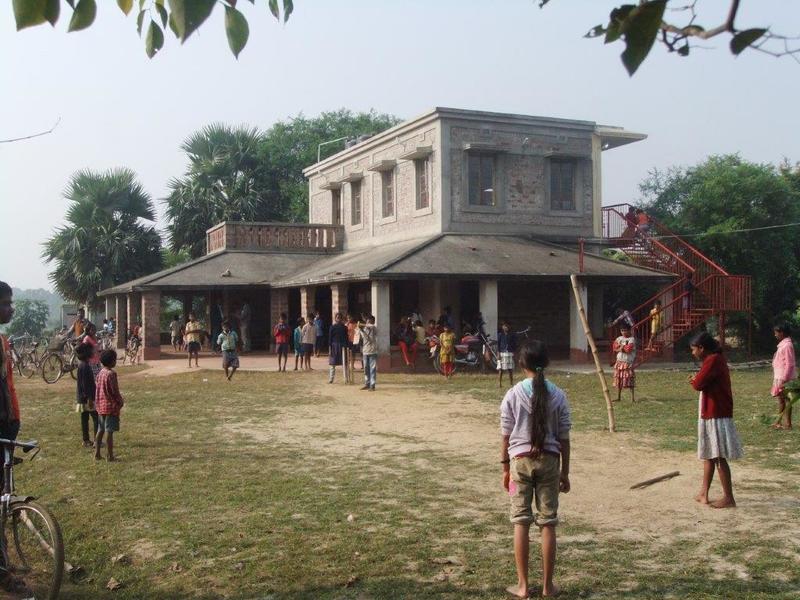
Kirsty Milward, Founder of Suchana, says, “In Santali and Kora – and other adivasi languages – there is no children’s literature at all. This is at least partly because until the current generation, most adivasi children did not go to school. Among the (still quite young) mothers of Suchana’s current adivasi students, for example, 80% never went to school at all. So where was the need for children’s books in those languages?”
We are proud of our association with Suchana. The organisation’s teacher-translators have been able to develop supplementary reading materials in Kora and Santali at a much faster and prominent way through StoryWeaver. Currently, 27 Kora books and 19 Santali, both in Bengali script are on StoryWeaver. Suchana has printed 10,000 copies of these books for their mobile library and are exploring loading e-books onto SD cards to disseminate stories on low cost mobile phones.
It’s a huge step for languages that were near obscurity and oblivion, to be suddenly sailing the digital waves and ready to be accessed by the whole world in the form of beautiful stories. Read these stories in Bengali script in the tribal languages of Kora and Santali.
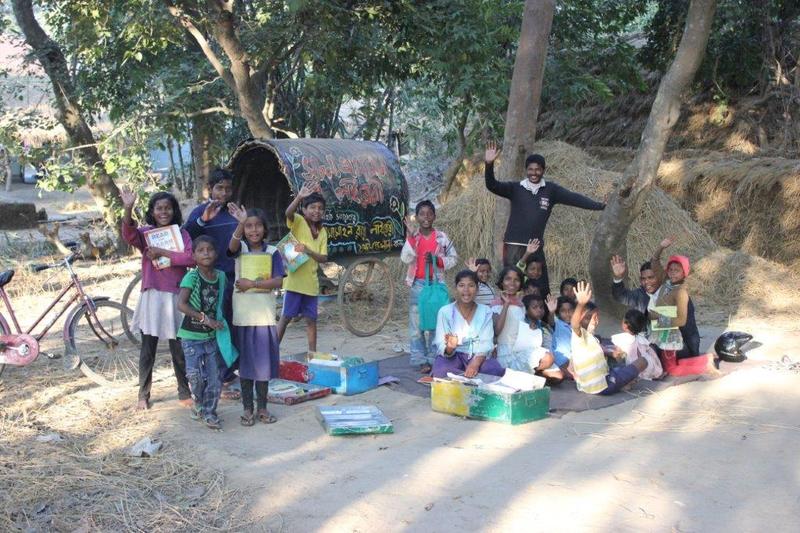
comment (1)